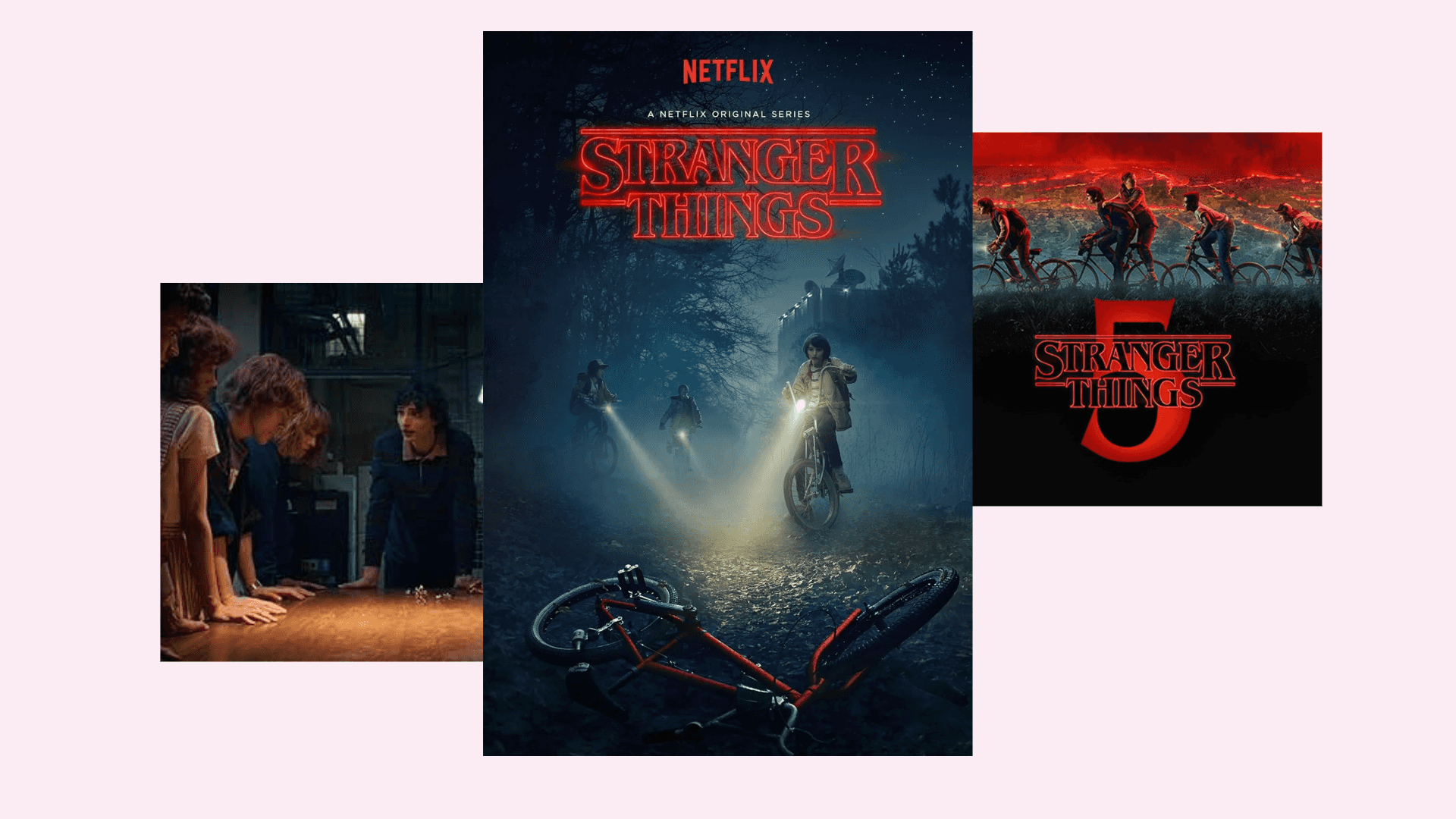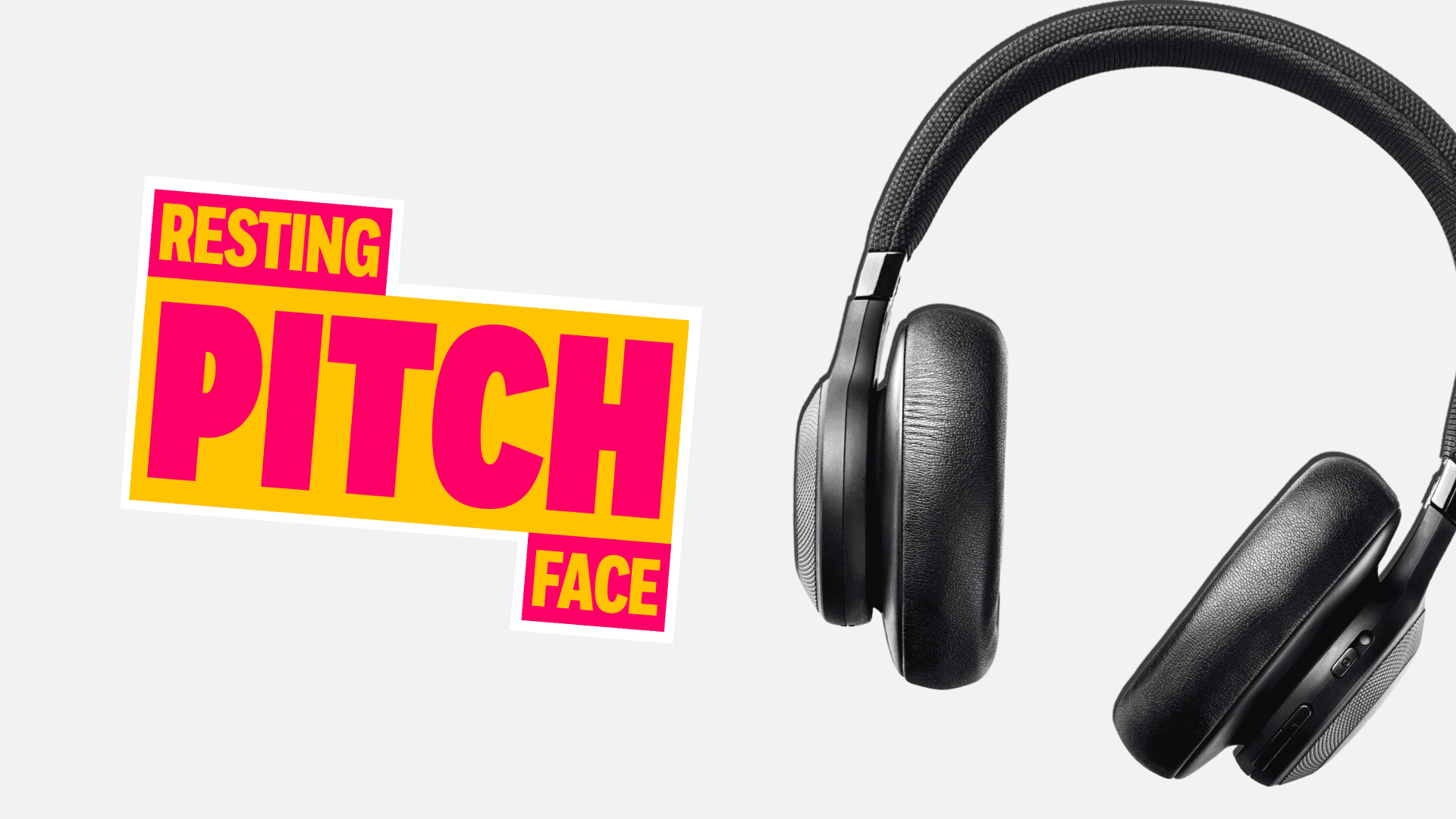
Easy SEO Tricks For Travel Brands
Written by Daniel
Every day, millions of people start the search for their next holiday. For most of us that search starts at one of the major search engines, most notably Google.
But with the launch of Google Flights back in 2011, and Google’s recent decision to bring ‘Hotel Ads’ into the main Google Ads platform, the online travel industry is changing rapidly. Now more than ever, travel brands need to ensure they’re getting their online marketing strategy spot on.
Competing with global travel corporations that boast multi-million-pound marketing budgets, such as the likes of Expedia and American Express Travel, is no easy task. But with the right strategy and implementation there’s no reason why you can’t dominate your respective space in the online travel industry.
In this blog, we take a look at some easy SEO tricks that will help your website rank higher on Google…
Local SEO
In brief, local SEO is an organic search technique that focuses on location-based searches in the area/s that your business operates within. The main benefit of having a good local SEO strategy is that you’re more likely to appear in local SEO searches, i.e. the business listings within Google Maps. This usually equates to your site ranking higher for location-based organic searches too, for example ‘Hotels Near Kings Cross London’ or ‘Restaurants In Leeds City Centre’. Hotels, restaurants, clubs, and other businesses that focus on attracting footfall tend to benefit the most from local SEO; hence why it is so popular within the travel industry.
One of the most straightforward ways to optimise your local SEO is by setting up a Google My Business account and completing your profile with a company bio, contact details, high-quality photos and any other additional information that you may deem relevant. Some other ways to optimise local SEO include adding a local address to your website, getting high quality links from relevant, trustworthy sites that operate within or near your location, and optimising your page titles, h1 tags and meta descriptions to reflect your location. The other tips mentioned later in this blog should also have some impact on your local SEO if implemented effectively.
Easy Navigation
The biggest mistake we see with travel websites is poor site navigation. As travel websites often have a particularly large number of pages, they need a well-designed internal link structure to ensure users can find their way around the site. For a good user experience, many experts recommend that no two pages should be more than three clicks away from each other (although this ‘rule’ is highly debated in the SEO industry.)
Another thing to consider with this point is the user’s patience. If you can’t find what you’re looking for within a few clicks, how often do you click off a website and go somewhere else? Having a straightforward website structure alongside a clear navigation menu is going to help avoid this kind of situation.
Good Visual Elements
High quality, engaging images are a crucial element of any travel website, whether you’re selling package holidays or surfboards. Videos too. These two visual formats offer a far more powerful impression of your brand than text alone, and they can play a crucial role in keeping visitors on your website. In fact, research suggests that web pages with images get 94% more views than pages with just text. With video content this figure rises even further; websites with video content keep people on site 60% longer than websites with just text and images. This is important not only from a user experience perspective, but also because Google considers time-on-page when putting together its SERPs.
Interactive Blog Content
Did you know that having a blog on your website can give you a 434% better chance of ranking highly on Google? An onsite blog should be a crucial feature for pretty much any travel brand. It can help reach potential customers that may have otherwise never heard of your brand, establish your business as an authority in its space and drive traffic to your website.
A lot of people seem to assume that starting a blog is far more effort than it’s worth. But in most cases that couldn’t be further from the truth. We recently published an article sharing how you can start a blog with just one hour a week.
Another common assumption is that it’s particularly difficult and time-consuming to generate topic ideas. Again, this simply isn’t true! The great thing about blogging is that you can write about absolutely anything and everything that is relevant to your brand. With travel brands, this list is pretty much endless. Say you run a hotel in Ibiza; potential blog topics could include anything from ‘Top 5 attractions in Ibiza’ or ‘How to find the best price on your hotel’ to ’15 quirky ice cream flavours you need to try on holiday’ or ‘How to choose the right sun cream for you’. If you’re still stuck for ideas, why not check out these five techniques for researching blog topics?
Offsite Content
Another huge factor that can impact your search engine rankings is offsite content. Finding ways to get high-quality websites to link back to your website can massively influence the way Google views your site in terms of reputation. On the other hand, getting links from low quality websites could potentially damage your website’s reputation, so it’s important to be very careful with this SEO tactic.
One of the most common ways to get your content featured on external sites is guest blogging. This consists of crafting blog content and then reaching out to relevant websites to see if they will feature it on their site, often linking back to your own website in the process. This list of travel blogs that accept guest posts should come in handy.
Another popular way to get sites to link back to yours is with press releases. Reaching out to reporters and journalists when something newsworthy happens with your business can be a good way to do this. For example, if you’ve just employed a new member of staff or moved premises, this could be the perfect opportunity to put together a press release. You could also reach out to travel journalists with any latest offers or deals that they can promote to their readers.
Another useful technique for building offsite content is by using tools such as Help A Reporter Out (HARO). This tool sends you a daily email with a list of enquiries from journalists and reporters within categories that are relevant to you. For example, you may receive an enquiry with a reporter looking for ‘Owners of a travel brand to comment on the potential impact of Brexit on sales’. From here, you could put together a response and email it across to the reporter. If you’ve done everything right, you may just find your name and a link back to your website within their next article or press release.
Dedicated Category Pages
Creating dedicated landing pages for each of your different website categories can be an effective way to rank for more specific search terms. For example, if you’re a hotel brand with hotels at various different locations around the world then you could create a landing page for each location, bearing in mind any relevant keywords.
Say you have three hotels in California, you could create a bespoke landing page called ‘Hotels In California’, with highly-engaging, relevant on-page content. But you could even go in to more detail. Say these hotels were at various locations across California, you could also create bespoke landing pages for ‘Hotels In Los Angeles’, ‘Hotels In San Diego’ and ‘Hotels In San Francisco’. With some fairly straightforward steps, all following a similar pattern, you could potentially quadruple your search traffic.
Schema Markup
Schema markup is a fairly new feature within the online search community. It allows you to add certain tags to your HTML that provides search engines with more information and improves the way they read your pages. You can add specific details such as the author name, the publishing date, average ratings, and countless other things that Google doesn’t usually pull into the SERPs.
For travel brands, this can be useful in a number of ways. But the most common use is to highlight good reviews. If your website offers the ability to add reviews, whether that’s through a plugin, a third-party tool such as Trustpilot or directly through your site, you should be making the most of this. You can use this feature for your overall website, if relevant, or on more specific pages such as the dedicated category pages that you have just set up. We’d usually recommend adding the review feature to any pages that have a rating of more than 4 stars.
It’s quite likely that you will have seen a significant drop in traffic over the last few years due to an increasingly-competitive online industry, but make the most of these tricks and you should be recouping it in no time. There really is so much to go at for travel brands. Take the time to put together an in-depth SEO strategy, using a variety of these tips and you’ll be reaping the benefits before you know it.
Want to discover more digital marketing tips and tricks? Why not sign up to our mailing list for all the latest insights from Flaunt Digital?





